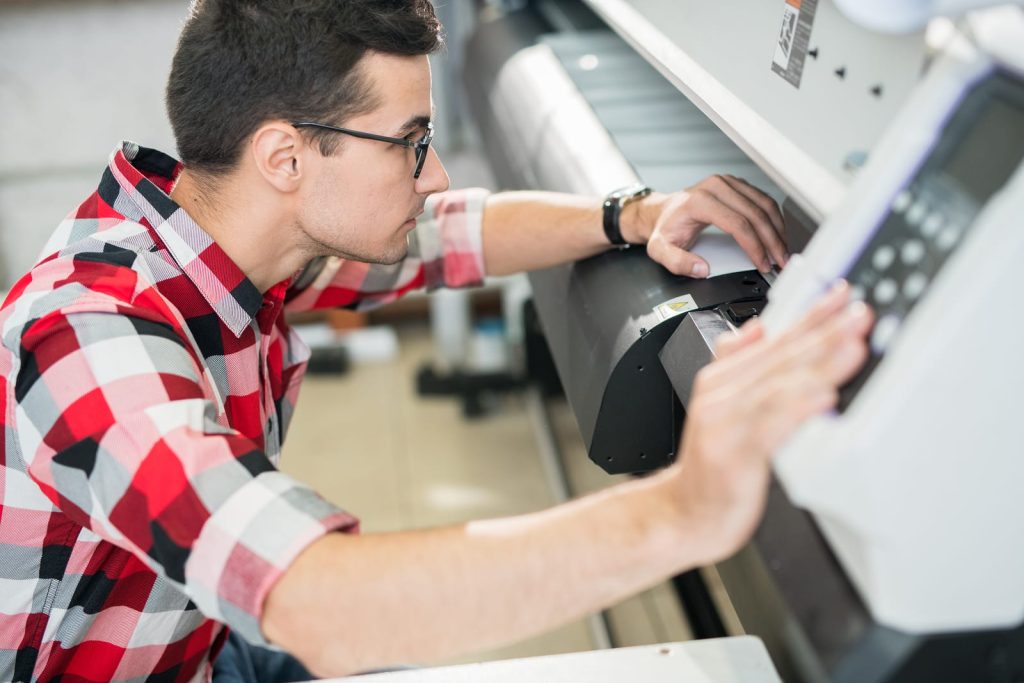Offset printing, a cornerstone of the printing industry, has undergone significant evolution since its inception in the early 20th century. Initially celebrated for its ability to produce high-quality prints in large volumes, offset printing relies on a complex process where ink is transferred from a plate to a rubber blanket, and then onto the printing surface. This method, characterized by its precision and efficiency, has been the go-to choice for a vast array of printed materials, from newspapers and books to brochures and packaging. Over the decades, the offset printing industry has demonstrated remarkable adaptability, integrating modern technologies to address changing market demands and enhance operational efficiency. One notable evolution is the shift towards digital integration. The advent of digital prepress systems has streamlined the process of preparing artwork for printing, reducing the time and costs associated with creating physical plates. This integration allows for quicker turnarounds and more flexible printing options, catering to the growing demand for short runs and personalized print jobs.

Another significant development is the advancement in offset press technology. Modern offset presses are equipped with sophisticated automation systems that improve accuracy and consistency. Features such as automatic plate changing, in-line color control, and real-time monitoring have elevated the efficiency of offset printing, minimizing waste and ensuring high-quality output. These innovations not only enhance production capabilities but also contribute to sustainability efforts by reducing the environmental impact associated with printing. The introduction of environmentally friendly inks and substrates represents another crucial adaptation in the offset printing industry. Traditional inks, which often contain volatile organic compounds VOCs, have been replaced by soy-based and vegetable-based inks that are less harmful to the environment. Additionally, the use of recycled paper and other eco-friendly materials has become more prevalent, aligning with the industry’s shift towards sustainable practices. The rise of customization and variable data printing has also influenced the evolution of offset printing. While offset printing nyc was traditionally associated with large runs of identical prints, advancements in technology now allow for personalized and variable content within a single print run.
This capability is particularly valuable in sectors such as marketing and direct mail, where targeted messaging and individualized content can significantly enhance the effectiveness of campaigns. Furthermore, the integration of offset printing with other print technologies has created new opportunities and applications. Hybrid printing systems that combine offset with digital or flexographic processes offer greater versatility, enabling printers to leverage the strengths of multiple technologies to meet diverse client needs. This hybrid approach allows for a broader range of products and services, including high-quality packaging and specialty prints. In conclusion, while offset printing remains rooted in its classic techniques, its ability to adapt and evolve has ensured its continued relevance in the modern print landscape. By embracing digital advancements, enhancing automation, prioritizing environmental sustainability, and integrating with other technologies, the offset printing industry has successfully navigated the challenges of a dynamic market. As print needs continue to evolve, offset printing will likely remain a vital component of the industry, blending tradition with innovation to meet the demands of an ever-changing world.